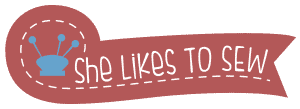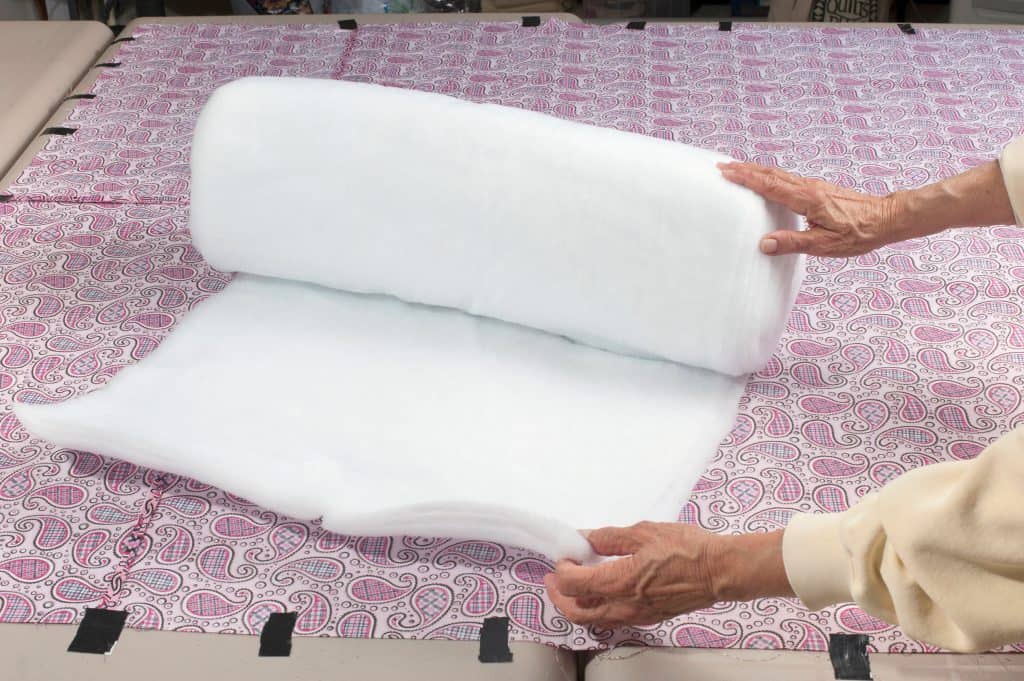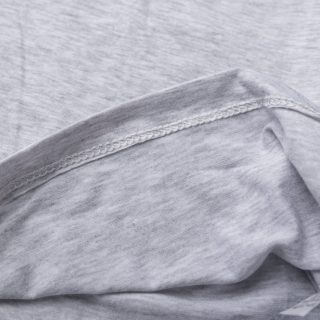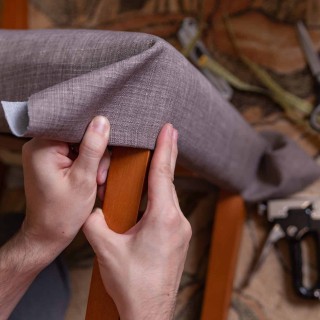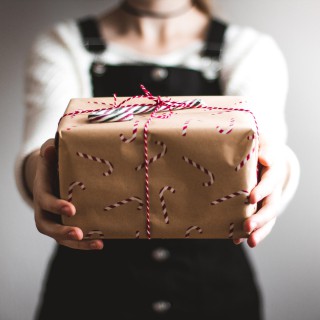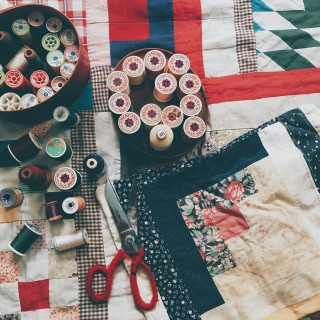After a day (or night) that passes with you shivering in mental and emotional hardship, you come back home, change your clothes, crawl under your blanket, and soon you are surrounded by a feeling of familiarity and coziness and by senses of comfort and safety. It’s the batting in that blanket that embraces you with its welcoming fibers and comforting textures.
A batting is technically the interface, the midlayer, the insulation in between the two outside fabrics of your blanket, and it’s one of the most essential elements in the sphere of quilting. As it is the main component of blankets and quilts, providing the warmth, sturdiness, comfort, and homeliness associated with them, it’s also important for sewers to learn all there is to know about them. Thankfully, I am here as your steadfast guide and I will tell you all that I know about battings.
I will do that by and while telling you what types of batting you can find in the market and what they are good for.
Different Types of Batting
Covering all the batting types you can find would be near impossible since anyone can use any source material to create a batting of their own no matter how uncomfortable or impractical they can be. However, there are certain types of batting that have been the choices of quilters for many years. My intention is keeping the focus on those and presenting to you the best option for them currently in the market.
If these options are not enough for you and you want to get experimental, though, I can only encourage you. Sure, nothing can stop you from using putrefied rose petals as batting – only you can.
Wool Batting
In terms of the warmth provided by a batting, there is still nothing that can beat wool, and that’s the reality we have faced for centuries now: wool is the perfect batting material if you are aiming for warmth. Moreover, it’s easy to quilt either by hand or with a sewing machine, and it’s quite lightweight.
However, it doesn’t mean that wool battings don’t have their problems either. First and foremost, they are not on the cheap side of the batting market. You may not see it as a problem, but I have been telling people that sewing at home is more economical than its alternatives since I started this website. The price of a good wool batting, on the other hand, suggests otherwise.
The second problem is, they are quite difficult to take care of and clean. If you have ever been to the European countryside, you might have seen villagers who take the wool out from the quilts, spread it out in the open, and periodically beat it with a considerably thick wooden stick for a couple of days. Yes, that’s how you take care of wool batting.
Regardless, once you are under a blanket made of wool after a long day in the cold, you might think that all the money spent on it and all the effort put in for taking good care of it are worth it.
If you want to have a firsthand sewing or quilting experience with wool, I have no reservations about referring you to the amazing Hobbs Tuscany Batting made of 100% wool.
Cotton Batting
You don’t have to be a historian to know that cotton is always next to wool if not before it whenever we talk about source materials for the textile industry – there is no exception to that rule in the world of batting.
Cotton is the most popular material used by quilters and attributing it only to its affordability would be a great injustice. A cotton batting will be more flexible and less hassle to use than a wool one, for example. It’s also quite soft and durable.
All that said, though, they might not be the ideal quilting material for you if you are living in an especially cold state, doing the work for someone who’s living in such a place, or preparing for the next ice age.
Also, you shouldn’t believe those who sell you cotton as white as a blank Google Docs page yet claim that it’s 100% cotton, since 100% cotton has a more yellowish tint, which will be seeping through should you use white fabric on the outer layers and give it a less appealing look. Moreover, there will be cotton seeds in 100% cotton and they have the potential to stain the outer layers.
I personally favor Warm Company’s needled cotton batting and used it in a couple of projects, so I can recommend it with peace of mind.
Bamboo Batting
There is something in common the pandas and good quilters have: both love bamboo because of its natural fibers. Both may be quite lazy and favor their comfort more than any other thing as well, but let’s not get into that for now. I also think bamboo is as great a batting material as it gets because it’s all natural yet it doesn’t come from an animal or seasonal workers picking cotton while sacrificing a part of their health to the sun. Also, bamboo grows back quite rapidly, so the threat to the environment is minimal while using bamboo materials.
It has other pros as well. Whereas cotton or wool might cause allergic reactions, bamboo doesn’t, and it’s completely devoid of chemicals. It’s also more breathable than wool and cotton and much more so than the synthetic battings such as polyester, so it’s not uncomfortable to get under during summertime. It’s also lightweight and will offer more comfort and protection for you than its alternatives.
In terms of its cons, though, I can tell you that it’s difficult to find a batting made of 100% bamboo in the market, and even if you somehow find one, it’ll be very expensive.
However, there are great blends that contain bamboo, and Dream Quilters’ blend of bamboo, silk, cotton, and tencel is one of those, and, yes, it’s still quite expensive.
Polyester Batting
You don’t want your batting to shrink when machine-washed and you want it to be durable whatever your kids may throw its way? Then, polyester is the batting choice for you as they don’t shrink because they are designed as such and as they are durable. Moreover, they don’t crease and even if they do, the creases they suffer are not as stubborn as the ones that occur on natural fiber battings like the ones above.
However, as with almost every synthetic, chemically-composed material, they have their problems. First of all, they are not breathable because they don’t have any natural fibers. Also, they beard a lot and there is nothing you can do about it. Worst of all, though, it’s a petroleum based product, and if it accidentally catches fire, it will result in some problematic residues.
You can tell by now that I have no love for polyester battings, but it’s been pretty popular among quilters so far, and it’s the material used most in blankets and quilts which are produced industrially. There is a very logical explanation for this fact: they are cheap.
Still, you can find a good polyester batting in Fairfield’s Poly-Fil Hi-Loft. It’s a versatile option which you can use for other projects such as decorations as well.
Blend Battings
The product I presented for you as an option for bamboo batting was a blend batting, and as you could have guessed, a blend batting means the blending of different materials in order to create a new form of batting that might appeal to people seeking something specific from their batting.
Most of the blend battings you’ll find in the market will contain polyester, cotton, or bamboo. Polyester is a choice because none in their right mind would go for a 100% chemical batting that has zero breathability despite its durability or softness. Cotton is there because it’s cheap and practical. Bamboo, on the other hand, owes its place in blends to its expensiveness. Quilters who could pay for a pure bamboo batting would be quite a minority, so it makes sense to make the most of its many advantages in a blend with cheaper source material.
Final Words
You should now have an idea about what you can expect from which type of batting and what they are good for. The next step in a quilting project is deciding what your priorities are and purchasing the batting most suitable for your purposes. Don’t forget that your blankets and quilts are the ones protecting you when you are at your most vulnerable: sleeping.
You should also consider which type has the most potential to comfort you when you are under it, lonely and depressed, since we start giving our blankets their due only in those times. They are our best friends, though, and they are our home.
